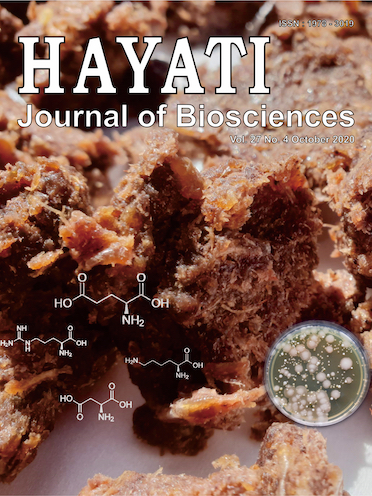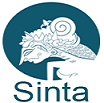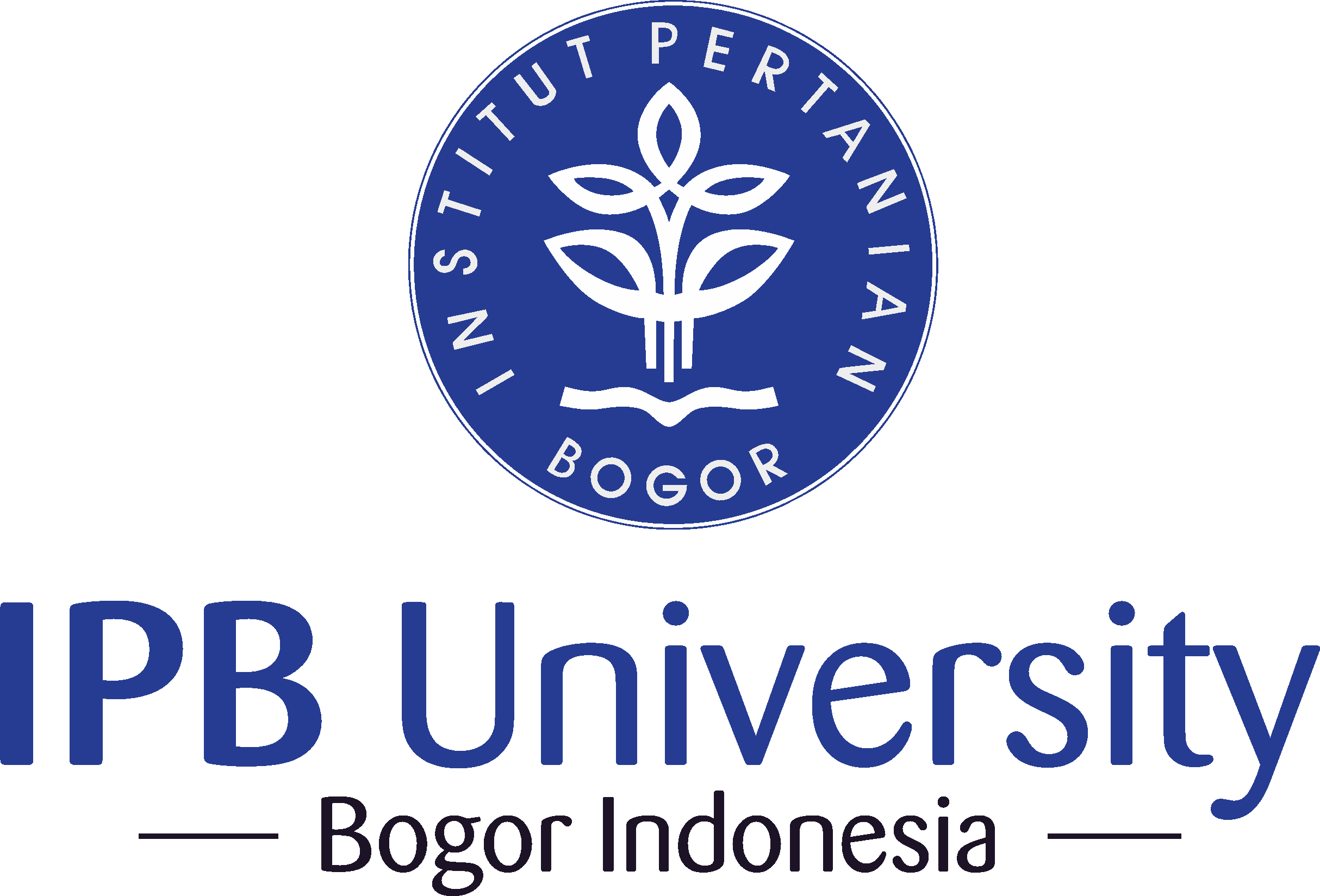Antimigratory Activity of Brazilin-Containing Fraction from Caesalpinia sappan L. on MDAMB-231 Cells
Abstract
Caesalpinia sappan is studied for several biological activities. The aim of this research is to determine the cytotoxic and antimigratory activities of Caesalpinia sappan active fraction in combination with cisplatin on human TNBC cells (MDA-MB-231). Caesalpinia sappan heartwood was extracted with methanol. Then, several fractions of the methanol extract were obtained by using a liquid-liquid extraction method followed by column chromatography. The cytotoxicity was determined using MTT assay. Synergistic effects were analyzed by calculating the combination index (CI). Migration was examined using wound-healing assay. Levels of MMP2 activity were determined with gelatin zymography assay. The results showed that most of the fractions included in this study exhibited cytotoxic effects against MDA-MB-231 cells, and C fraction demonstrated the highest cytotoxic activity of all fractions. The combination of C-cisplatin revealed a synergistic inhibitory effect on MDA-MB-231 cell growth (CI<1). Furthermore, C fraction, alone and in combination with cisplatin, inhibited migration of MDA-MB-231 and suppressed MMP2 activity. The C fraction isolated from Caesalpinia sappan increased the cytotoxic and antimigratory activities of cisplatin on MDA-MB-231 cells. Based on these findings, the potential of Caesalpinia sappan to act as a supportive agent in metastatic TNBC treatment with cisplatin warrants further exploration.
Downloads
HAYATI J Biosci is an open access journal and the article's license is CC-BY-NC. This license lets others distribute, remix, tweak, and build upon author's work, as long as they credit the original creation. Authors retain copyright and grant the journal/publisher non exclusive publishing rights with the work simultaneously licensed under a https://creativecommons.org/

























.png) IPB University
IPB University Department of Biology
Department of Biology The Indonesian Biological Society
The Indonesian Biological Society 

